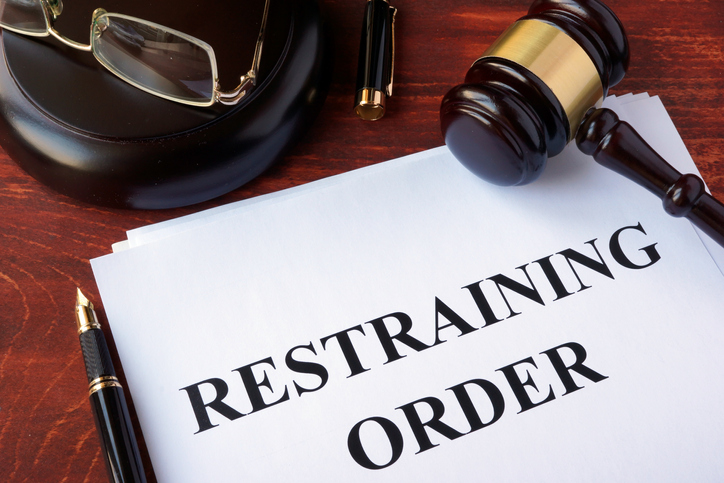No one imagines they will ever file a restraining order against another person. However, sometimes, ensuring one’s safety or that of their children becomes necessary, and that is where a restraining order comes in. In California, the law provides a process for obtaining a restraining order, also known as a protective order, to protect oneself from abuse, harassment, or threats.
California courts can issue restraining orders for various reasons, such as domestic violence, civil harassment, elder abuse, and employment harassment. If you wish to file a restraining order against another person, it is best to consult a qualified Los Angeles restraining orders attorney to help you navigate the process and obtain protection from the abusive individual in your life.

A restraining order is a legal order issued by the court when someone is a target of violence, harassment, stalking, or threats. This protective order forbids any interaction between the protected party and the restrained person. This may involve requiring the recipient of the order to, for instance, move out, be restricted from contacting the issuer, keep a certain distance from the issuer, or the order can even award sole custody of children to the issuer. While a restraining order does not mean that the restrained party will abide by the conditions of the order, it allows law enforcement officers to take action against the abuser.
California has four types of restraining orders:
Each of these restraining orders has specific criteria and processes for obtaining one. However, the most crucial thing is to know which type to file. For example, if you have been abused or threatened by your spouse or partner and want to file a restraining order against them, you would need to file a domestic violence restraining order. Since each type requires different information, working with a qualified restraining orders attorney in Los Angeles is best.
You must follow a step-by-step process to file a restraining order in California. A qualified restraining orders lawyer can help ensure you do not miss any crucial information or steps.
Before starting the process, you must identify the most appropriate type of restraining order for your situation. The type of order you will need depends on your relationship with the person you seek protection from and the nature of the harassment.
You must fill out appropriate forms to file a restraining order in California. After filing the forms, you should bring them to the court. A court clerk will then deliver them to the judge, who must decide by the following business day.
If the judge decides to grant the order, they will issue a temporary restraining order that lasts around 25 days. A court date is then set for a hearing where the judge will formally hear the case and decide whether or not to extend the temporary order, making it a permanent restraining order.
Once you receive copies of the restraining order, you must serve the notice to the person you seek protection from. You can have someone else serve the party on your behalf. This must be done since the judge cannot issue a permanent order without proof that the other party has been notified of the order.
You must attend the hearing and present your case on the court-scheduled date. At the end of the hearing, the judge will decide whether to grant the restraining order or dismiss it altogether.
It is highly recommended that an experienced Los Angeles restraining orders attorney accompany you to court to protect your rights and present your concerns. They can also fight to extend the temporary order and prevent further harm by presenting evidence such as photos of injuries, medical records, threatening messages you received, and police reports as proof of abuse.
If you or someone you love needs to seek protection from physical, emotional, or financial damage from another person, contact the experienced Los Angeles restraining orders attorney at the Harris Family Law Group today at (310)-745-8644 to present your case in court and ensure a successful outcome.